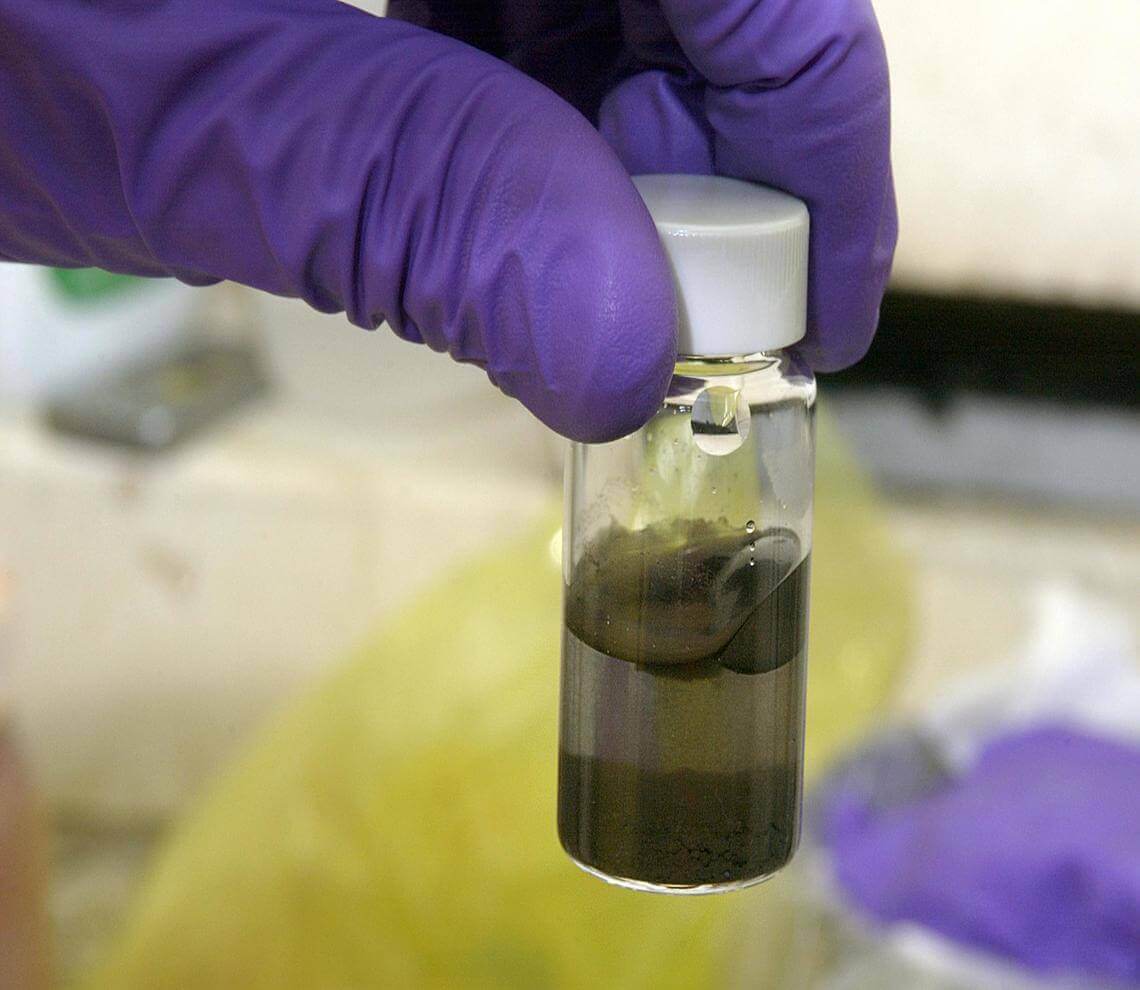- Our Suppliers
- MBS Monoclonals
- RAT ANTI MOUSE CD11a:FITC Antibody
Product short description
Price:
232 EUR
Size:
0.025 miligrams
Catalog no.:
GEN214969
Product detailed description
Gene name synonims
N/A
Purification method
N/A
Also known as
CD11a
Gene name
CD11a
Immunoglobulin isotype
IgG2a
Clone
I21/7
French translation
anticorps
Category
Antibodies
Clonality
Monoclonal
Conjugation
Anti-FITC Antibody
Subcategory
Mnoclonal antibodies
Tested applications:
Flow Cytometry (FACS)
Host organism
Rat (Rattus norvegicus)
Latin name
Mus musculus,Rattus norvegicus
Concentration
IgG concentration 0.1 miligram per 1 mililiter
Form/Appearance
FITC (Purified IgG conjugated to Fluorescein Isothiocyanate Isomer 1 (FITC) - liquid)
Other gene names
Itgal; Itgal; Cd11a; LFA-1; Ly-15; Ly-21; (p180); LFA-1A; Lfa-1; Ly-15; LFA-1A; Ly-15
Species reactivity
Mouse (Mus musculus); Due to limited knowledge and inability for testing each and every species, the reactivity of the antibody may extend to other species which are not listed hereby.
Description
This antibody needs to be stored at + 4°C in a fridge short term in a concentrated dilution. Freeze thaw will destroy a percentage in every cycle and should be avoided.This is against a protein of mus musculus directed antibody.
About
Rats are used to make rat monoclonal anti mouse antibodies. There are less rat- than mouse clones however. Rats genes from rodents of the genus Rattus norvegicus are often studied in vivo as a model of human genes in Sprague-Dawley or Wistar rats.
Test
Mouse or mice from the Mus musculus species are used for production of mouse monoclonal antibodies or mabs and as research model for humans in your lab. Mouse are mature after 40 days for females and 55 days for males. The female mice are pregnant only 20 days and can give birth to 10 litters of 6-8 mice a year. Transgenic, knock-out, congenic and inbread strains are known for C57BL/6, A/J, BALB/c, SCID while the CD-1 is outbred as strain.
Other names
Integrin alpha-L; Integrin alpha-L; integrin alpha-L; alpha L integrin; lymphocyte antigen 15; CD11 antigen-like family member A; leukocyte adhesion glycoprotein LFA-1 alpha chain; leukocyte function-associated molecule 1 alpha chain; lymphocyte function associated antigen 1, alpha polypeptide; integrin alpha L; CD11 antigen-like family member A; Leukocyte adhesion glycoprotein LFA-1 alpha chain; LFA-1A; Leukocyte function-associated molecule 1 alpha chain; Lymphocyte antigen 15
Storage and shipping
Store the antibody at +4 degrees Celsius for short-term storage and at -20 degrees Celsius for long-term. the antibody should be stored undiluted. Storage in frost free freezers is not recommended. the antibody is photosensitive and should be protected from light. Repeated freeze - thaw cycles may denature the peptide chains of the antibody and therefore should be maximally avoided. If there is a precipitate in the vial we recommend you to briefly microcentrifugate it prior to use. Shelf Life: 18 months from date of dispatch.
Specificity and cross-reactivity
CD11a This item recognises murine CD11a, a 170 - 180kD type I membrane glycoprotein, which is also known as the integrin alphaL subunit. CD11a is a member of the intergrin family of adhesion molecules. The CD11a molecule is expressed on all leucocytes and associates with CD18 to form a heterodimer at the cell surface. The CD11a/CD18 heterodimer binds to intercellular adhesion molecules (ICAM); ICAM-1, ICAM-2 and ICAM-3 and is involved in cell-cell adhesion processes. Clone I21/7 is reported to block the cytolytic activity of cytotoxic T cell lines; Since it is not possible to test each and every species our knowledge on the corss reactivity of the antibodies is limited. This particular antibody might cross react with speacies outside of the listed ones.
Properties
If you buy Antibodies supplied by MBS Monoclonals they should be stored frozen at - 24°C for long term storage and for short term at + 5°C.This MBS Monoclonals Fluorescein isothiocyanate (FITC) antibody is currently after some BD antibodies the most commonly used fluorescent dye for FACS. When excited at 488 nanometers, FITC has a green emission that's usually collected at 530 nanometers, the FL1 detector of a FACSCalibur or FACScan. FITC has a high quantum yield (efficiency of energy transfer from absorption to emission fluorescence) and approximately half of the absorbed photons are emitted as fluorescent light. For fluorescent microscopy applications, the 1 FITC is seldom used as it photo bleaches rather quickly though in flow cytometry applications, its photo bleaching effects are not observed due to a very brief interaction at the laser intercept. MBS Monoclonals FITC is highly sensitive to pH extremes.
© Copyright 2016-Tech News . Design by: uiCookies

